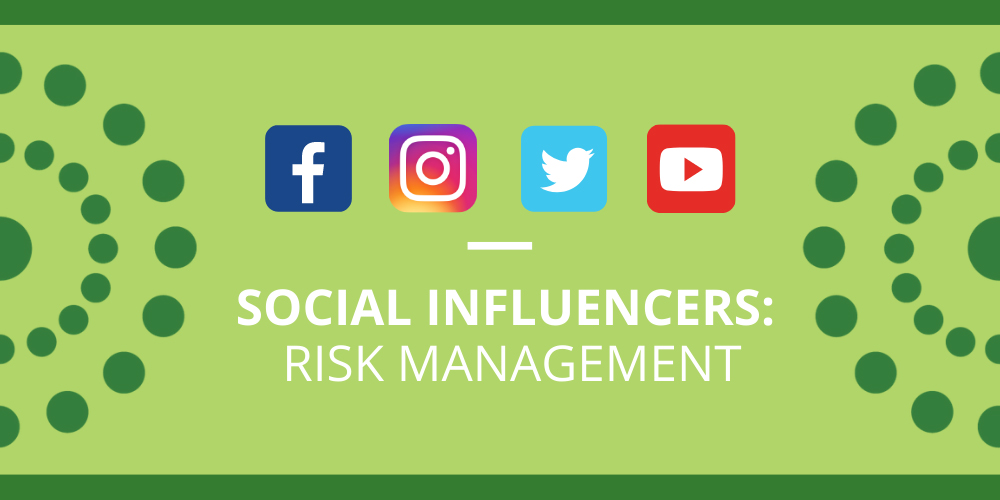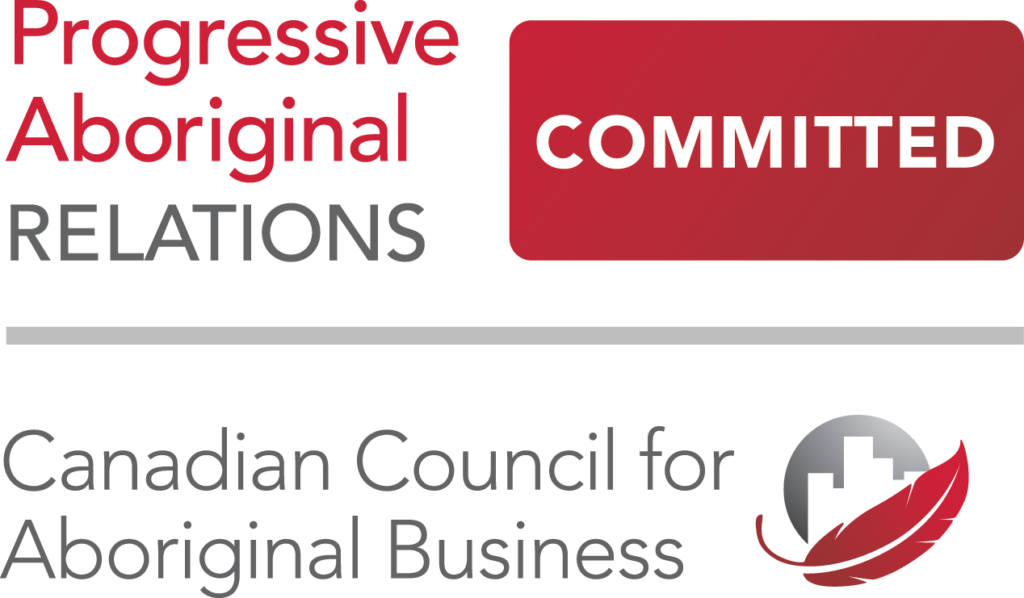Marketing your product or service on social media with social influencers can be risky but is completely necessary. The impact of social influencer marketing has driven positive ROI for brands contributing to larger budgets over the last year. “89% of marketers find influencer marketing effective”. This shouldn’t come as a surprise since “90% of consumers say authenticity is important when deciding which brands they like and support,” and social influencers have been successful in providing brands a channel to influence this narrative.
When dealing with social influencers it becomes a game of risk management. The good news is that it’s quite simple, the bad news is that it requires constant vigilance. Social Influencers can negatively impact a relationship with a brand in 3 ways:
- FTC Guidelines Violation
- Influencer Contract Breach
- Loss of Brand Equity
More good news is that there are ways to mitigate these risks.
- FTC Guidelines can be monitored and enforced using a variety of tools. As the social influencer space continues to grow, the social platforms are pressured to adapt as well. Recently, Facebook and Instagram have provided a branded content tool, giving marketers the ability to track posts. This provides transparency to consumers and advertisers.
- Influencers can also breach their contracts and not deliver on the promises made. Or, the content produced by the influencer might not live up to the brand’s standards. It’s important to have done your research on the influencers you do decide to work with and ensure that all the necessary brand guidelines and deliverables have been communicated and agreed upon.
- One of the greatest concerns advertisers have is the possible loss of brand equity. How is the content perceived? Is the content accurate and up to date? Is the content being misused and redistributed creating a situation that’s not in line with expectations?
One perspective I like to take when it comes to social influencer monitoring is the analogy of hosting a dinner party.
The first thing you need to do is create a guest list. With a bit of research, and knowledge of your space you’ll be able to cultivate a list of guests, a.k.a. social influencers, that compliment each other.
You then decide on a theme, provide instruction (not that different from a brand guideline), everyone agrees and sends out their RSVP to your event, and your dinner party is off to a great start.
Of course, an important step to any good dinner party is to have a well thought out menu. The courses of the menu should always compliment each other in a well-orchestrated event. I would relate this with the varying social listening tools you’ve chosen.
One should always start with the tools a platform can offer; such as the branded content tool Facebook provides, the next course of protection would be a hearty legal document outlining the partnership, followed up with a fancy dessert, it’s a bit sweet and can be pricey but a robust content monitoring tool can make your guest leave happy.
To ensure your guests feel comfortable and at home at your dinner party, any good host will make sure to intermingle. This can be compared to making sure you keep a close relationship with your influencers. A long-lasting relationship creates positive vibes and ROI.
There you have it! A successful dinner party where everyone is playing by the rules.
If you want to learn more about building a proper social influencer monitoring strategy and learn the capabilities of content monitoring tools, feel free to reach out to AIM today.












